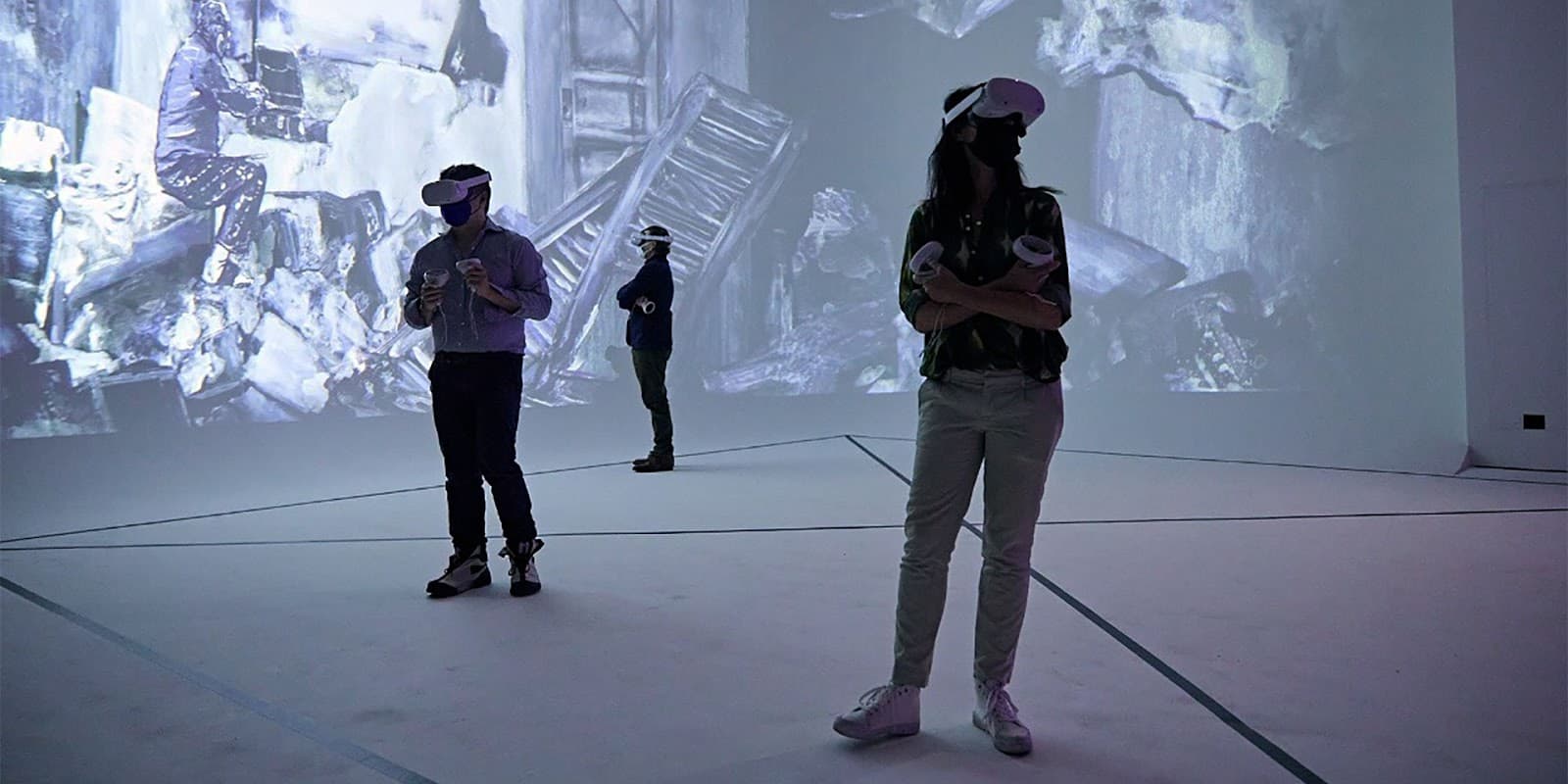
The Audio-Visual Revolution in Galleries and Museums
So, what are your thoughts on using AV technology in art galleries and museums? It’s a pretty fascinating topic, right? From static paintings and silent sculptures to dynamic, immersive experiences – AV technology is the game changer we didn’t know we needed.
In this article, I’ll explore how deep this evolution goes. We’ll look at how integrating sound, video, and interactive elements has enhanced the aesthetic appeal of art and made it more accessible and engaging.
I believe that AV tech is a pivotal force in reshaping our traditional cultural landscapes. Join me in unraveling the impact and potential of this tech revolution in art galleries and museums.
Historical context
Let me take you back to the early days of art and technology integration. It was like witnessing a silent movie slowly getting its voice. Initially, audiovisual tech in galleries and museums felt like a novelty, something more of an experiment than a necessity. I remember walking into an exhibition that had just started using projectors and simple sound systems. It was pretty basic, but the impact was absolutely mesmerizing.
The real shift, though, came with the technological leaps. Imagine going from a grainy black-and-white TV to a high-def, surround-sound cinema experience. That’s what happened in the art world. When stereo sound hit the scene, it was a revelation. Art wasn’t only to be seen anymore; it was to be experienced. You could hear the subtle sounds in a video installation, making you feel like you were part of the scene.
Then came digital video – oh boy, that was a pivotal moment. Suddenly, artists had this powerful tool to create crisp, vivid visual narratives. I recall an exhibit where digital video was used to bring classical paintings to life. It was like stepping into the canvas itself.
These advancements were transformative. They allowed for a richer, more layered storytelling in art. And as someone who’s been observing this evolution, I can tell you, it’s been an extraordinary journey watching art embrace and evolve with technology.
Contemporary developments
When I first started exploring interactive art exhibits, the tech was pretty basic. But oh boy, how things have changed!
Take the 5.1 surround sound receiver, for instance. This isn’t your grandpa’s stereo system, but it is not the limit of dreams (like 9 or 11-channel models). However, it is also a good option. It’s like being enveloped in a cocoon of sound that completely transforms the art experience. Imagine standing in front of a canvas and seeing the colors and the strokes coming to life around you.
The connectivity of these new AV receivers is something else. We’re talking about seamless integration with various media formats and devices. I’ve seen exhibits where you can control the audio from your phone or where the sound adjusts as you move through the space.
But the real kicker is that the user experience has skyrocketed. Gone are the days of clunky interfaces and confusing buttons. Now, it’s all intuitive. You walk in, and the technology is so well integrated that it feels like a natural extension of the art itself.
Artistic impact
There’s something special about walking into an exhibit and feeling the art. That’s the beauty of interactivity and immersion. With AV technology, galleries and museums are no longer ordinary rooms filled with art but gateways to new worlds. Imagine stepping into a painting, the soundscape shifting around you, or a sculpture changing colors as you move. It’s like being part of the art itself.
Now, artists are really pushing boundaries with this stuff. I’ve seen works where you’re not just a spectator but a participant, altering the art with your presence. It’s mind-blowing! Think light projections that dance to your shadow, or sound installations that react to your movements.
And what forms of expression are these artists uncovering? Absolutely wild. I’m talking about multimedia installations that weave together video, sound, and even virtual reality. It’s like they’re inventing new art languages right in front of us. Every time I see a piece that uses AV tech, I’m reminded of the endless possibilities in artistic expression.
Future trends and predictions
Imagine walking into a gallery where art envelops you in a 360-degree virtual reality (VR) experience. That’s where we’re heading, and it’s thrilling to think about!
With VR, you could step inside a painting, walk around a sculpture that’s not physically there, or even interact with art in ways you’ve never imagined. It’s like being part of the artwork itself! And then there’s spatial audio – this isn’t your regular surround sound. We’re talking about audio that moves with you, creating a soundscape that changes depending on where you stand. It’s like having a personal soundtrack for each piece of art, making the experience incredibly personal and immersive.
I’m genuinely excited about how these technologies will deepen our connection with art. They have the potential to make every visit to a gallery a unique journey.
